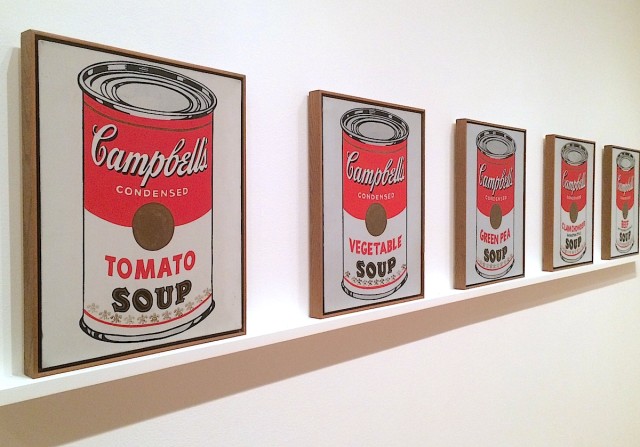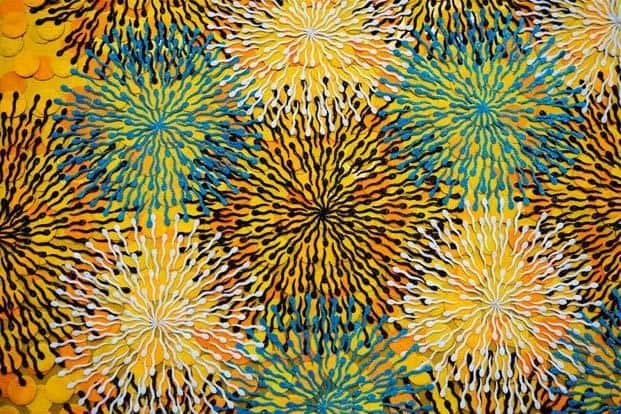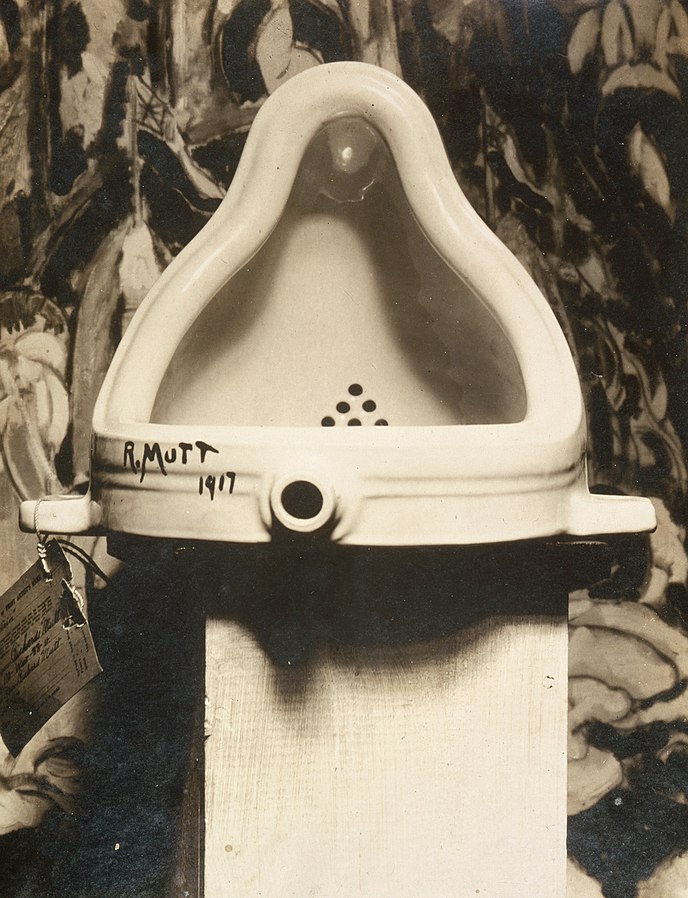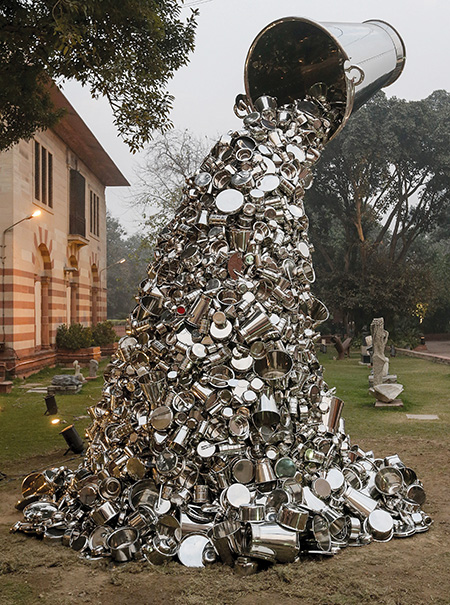Smriti Malhotra
Throughout art history, artists have continually pushed the boundaries of creativity and challenged conventional notions of what can be considered art. One fascinating avenue they have explored is the transformation of everyday objects into works of art. By altering and recontextualising these objects, artists have managed to provoke thought, question established norms, and redefine the very essence of artistic expression. The concept of turning everyday objects into art can be traced back to the early 20th century, with pioneers such as Marcel Duchamp, who introduced the notion of the “readymade.” Duchamp’s groundbreaking idea was to take ordinary, mass-produced objects and present them as art, with little to no modifications. This concept challenged the traditional understanding of art as a skilful craft and instead focused on the conceptual framework behind the work. There have been many iconic works of art that have been generated by great artists ever since. In this article, let’s delve into 11 unique works of art that have been made using everyday – mundane objects from our surroundings.
- Bicycle Wheels by Marcel Duchamp: Duchamp’s “Bicycle Wheel” was one of the first examples of “readymade” art, where ordinary objects were presented as works of art without any significant alterations. By taking two bicycle wheels and mounting them onto a stool, Duchamp blurred the boundaries between art and everyday objects. This piece challenged the notion of craftsmanship and focused on the artistic concept and the viewer’s perception.
- Campbell Soup Cans by Andy Warhol: Warhol’s iconic series of paintings featuring Campbell’s Soup cans revolutionised the art world. The series, created in 1962, showcased multiple images of the familiar consumer product in vibrant colours. Warhol’s intention was to elevate mundane, mass-produced items to the status of fine art. The Campbell’s Soup Cans became synonymous with Pop Art and commented on consumerism, advertising, and the relationship between art and commerce.

Andy Warhol’s Campbell Soup Can Painting at MoMA. Courtesy: artnet.com - Fountain by Marcel Duchamp: Duchamp’s “Fountain” is arguably one of the most famous and controversial artworks of the 20th century. In 1917, Duchamp submitted a urinal, purchased from a store, to an exhibition under the pseudonym “R. Mutt.” By presenting a common restroom fixture as a work of art, Duchamp challenged traditional notions of aesthetics, authorship, and the role of the artist. “Fountain” is considered a seminal piece in the development of conceptual art.
- The Treachery of Images by René Magritte: Painted in 1929, “The Treachery of Images” features a realistic depiction of a pipe with the caption “Ceci n’est pas une pipe” (“This is not a pipe”) written below it. Magritte intended to highlight the distinction between an object and its representation. The artwork invites viewers to question their assumptions about reality, language, and the limitations of visual representation.
- Brillo Boxes by Andy Warhol: In 1964, Andy Warhol created a series of sculptures that replicated cardboard Brillo soap pad boxes. These sculptures, made of wood and silkscreened to mimic the original packaging, were exhibited as art objects. Warhol’s Brillo Boxes challenged the traditional notion of sculpture by appropriating the aesthetics of everyday consumer products and blurring the lines between art and commercial culture.
- Balloon Dog by Jeff Koons: Koons’ series of balloon animal sculptures, including the Balloon Dog, captivated audiences with their whimsy and scale. These sculptures, crafted in stainless steel, meticulously replicate the playful balloon creations commonly seen at parties. By magnifying and immortalising these ephemeral objects, Koons challenges traditional notions of art, craftsmanship, and the relationship between popular culture and fine art.
- Subodh Gupta: Known as the “found object” artist, Subodh Gupta often utilises everyday utensils and kitchenware in his artworks. He explores themes of identity, migration, and the complexities of Indian society. Gupta’s large-scale installations, such as “Line of Control” and “Very Hungry God,” made from stainless steel utensils, challenge the viewer to reflect on cultural traditions, globalisation, and the impact of consumerism.
- Bharti Kher: Bharti Kher incorporates everyday objects and materials into her sculptures and installations to explore themes of gender, identity, and the intersection of tradition and modernity. She is particularly known for her use of bindis, the traditional forehead adornments worn by women in India. Kher’s artworks, such as “The Skin Speaks a Language Not Its Own” and “An Absence of Assignable Cause,” confront cultural norms and societal expectations.
 Bharti Kher’s Artwork with Bindis. Courtesy: Mint
Bharti Kher’s Artwork with Bindis. Courtesy: Mint - Anita Dube: Anita Dube is known for her sculptural installations that incorporate everyday objects and materials, often addressing issues related to feminism and social justice. Her work “Vanity Fair” featured an installation of hundreds of combs hanging from the ceiling, representing the complexities of personal grooming and societal expectations imposed on women. Dube’s use of everyday objects creates a visual language that critiques societal norms and challenges established hierarchies.
- Jitish Kallat often incorporates found objects and everyday items into his artworks, infusing them with cultural and historical significance. For example, in his installation “Public Notice 2,” Kallat used old, weathered rubber stamps, repurposed from government offices, to spell out a historic speech by Mahatma Gandhi. Through this work, Kallat highlights issues of social and political change, reflecting on India’s struggle for independence and the continued relevance of Gandhi’s teachings.
- Sudarshan Shetty is a multidisciplinary artist who frequently transforms everyday objects into intricate and visually striking installations. In his work “Shoonya Ghar,” he constructed a house-like structure using hundreds of used wooden doors and windows. Through this work, Shetty explores themes of memory, loss, and the transitory nature of existence. His artistic interventions with everyday objects evoke nostalgia and provoke contemplation on the human condition.
Subodh Gupta’s Artwork ‘Ray’ made with Stainless steel. Courtesy: Frieze.com
Many Indian artists use everyday objects as works of art to showcase their creative potential and make strong commentary about the world around them. By altering and repurposing these objects, they engage with cultural narratives, challenge societal norms, and provide a unique perspective on the complexities of Indian society. Their artistic interventions highlight the potential for meaning, beauty, and transformative experiences within the mundane.
By altering everyday objects, artists confront our preconceived notions of aesthetics, value, and significance. They provoke us to look beyond the ordinary, encouraging us to question the boundaries of creativity and challenge our perception of the world around us. These artistic interventions prompt us to reconsider the intrinsic beauty and potential artistic merit of objects we encounter in our daily lives.







